I love the paintings of John James Audubon. I’ve long thrilled to see his works in various books, and have even been fortunate enough to gaze upon a selection of plates from the first editions. But never did it occur to me that his original watercolors could still exist. That is, until about three years ago, when the New-York Historical Society announced an exhibition of Audubon’s original works. It turns out that the society purchased the paintings from Audubon’s widow. The exhibit, Audubon’s Aviary, would display all of the paintings in the society’s possession. But it would do so over three years, with roughly a third of them exhibited at a time for just a few months during each of those years. 2015 marks the third, and final, exhibit.
I desperately wanted to see them. I wasn’t able to make the exhibits in 2013 or 2014, but finally got a chance this year. Being in a room surrounded by 130 of Audubon’s original watercolor paintings was awe-inspiring. I couldn’t get over the fact that I was inches away, separated only by thin glass, from paintings produced by Audubon’s own hand. It was unreal.
From reading the book produced about this exhibit – Audubon’s Aviary: The Original Watercolors for The Birds of America (a review will be coming soon) – I discovered that many of Audubon’s paintings are actually collages. He would sometimes cut out a figure and adhere it to another painting. His Green Heron is a good example of this. Except, you can’t tell it from any print. You can see evidence of it in Audubon’s Aviary, as the images in that book are taken directly from the original paintings, but even then it’s not very clear unless you know what you’re looking for. But it’s glaringly obvious when looking at the original. The adult Green Heron was painted separately and then attached to this sheet, with the overlapping leaf cut out in such a way that the bird could be slid beneath it. It looks great as a print, but really pops in person.
I’m sure there are many other details that you can discern from viewing these paintings in person, especially if you have any training in art. But to me, the best thing was the overall, subjective experience. Being surrounded by, and that close to, such greatness was overwhelming.
If you want to experience it for yourself you need to hurry, as this exhibit closes on May 10, 2015. After that, we’ll have to wait at least 10 years before being able to see these paintings again (according to the exhibit’s flyer, anyway). For more information see http://audubon.nyhistory.org/
Posted by Grant McCreary on April 16th, 2015.

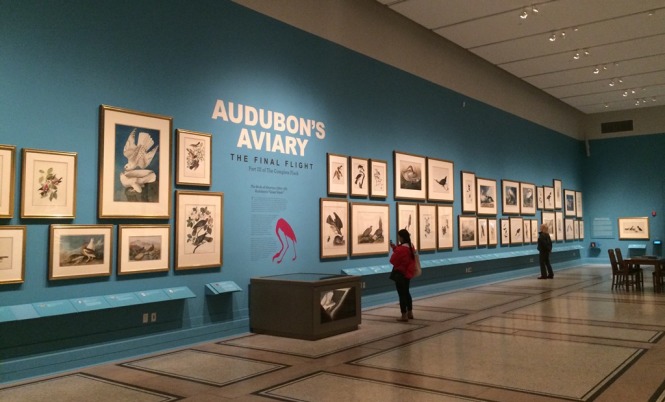
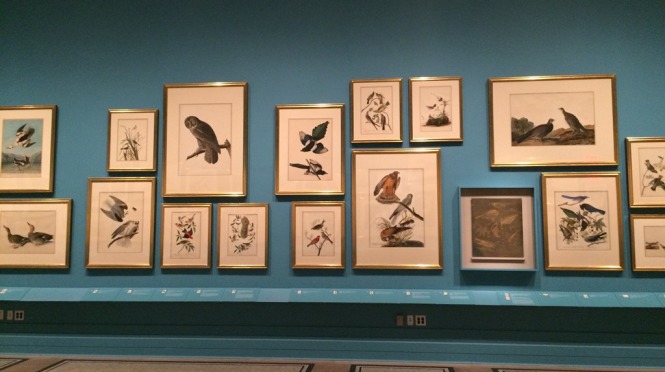
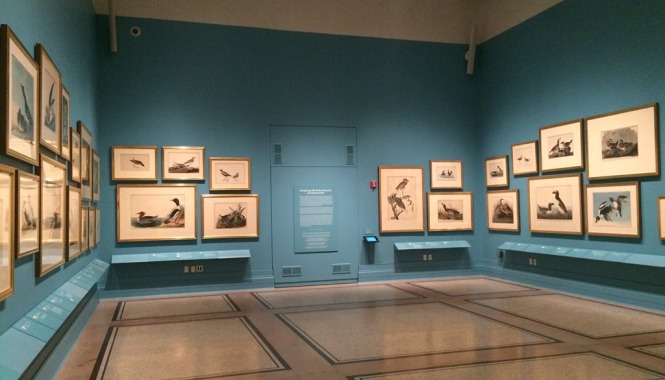
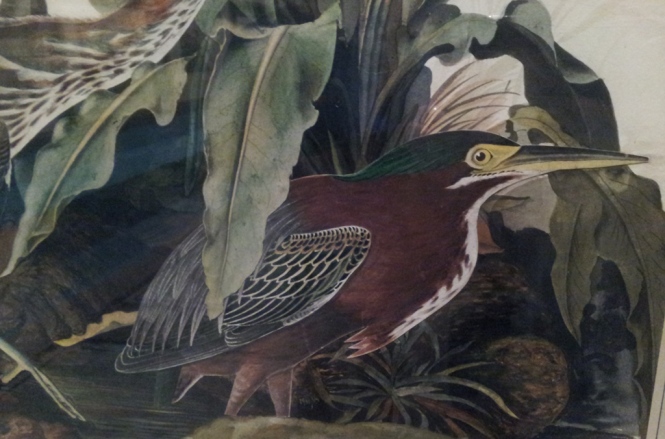




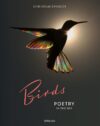
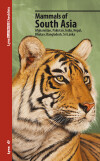
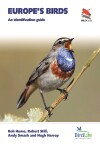
Comment